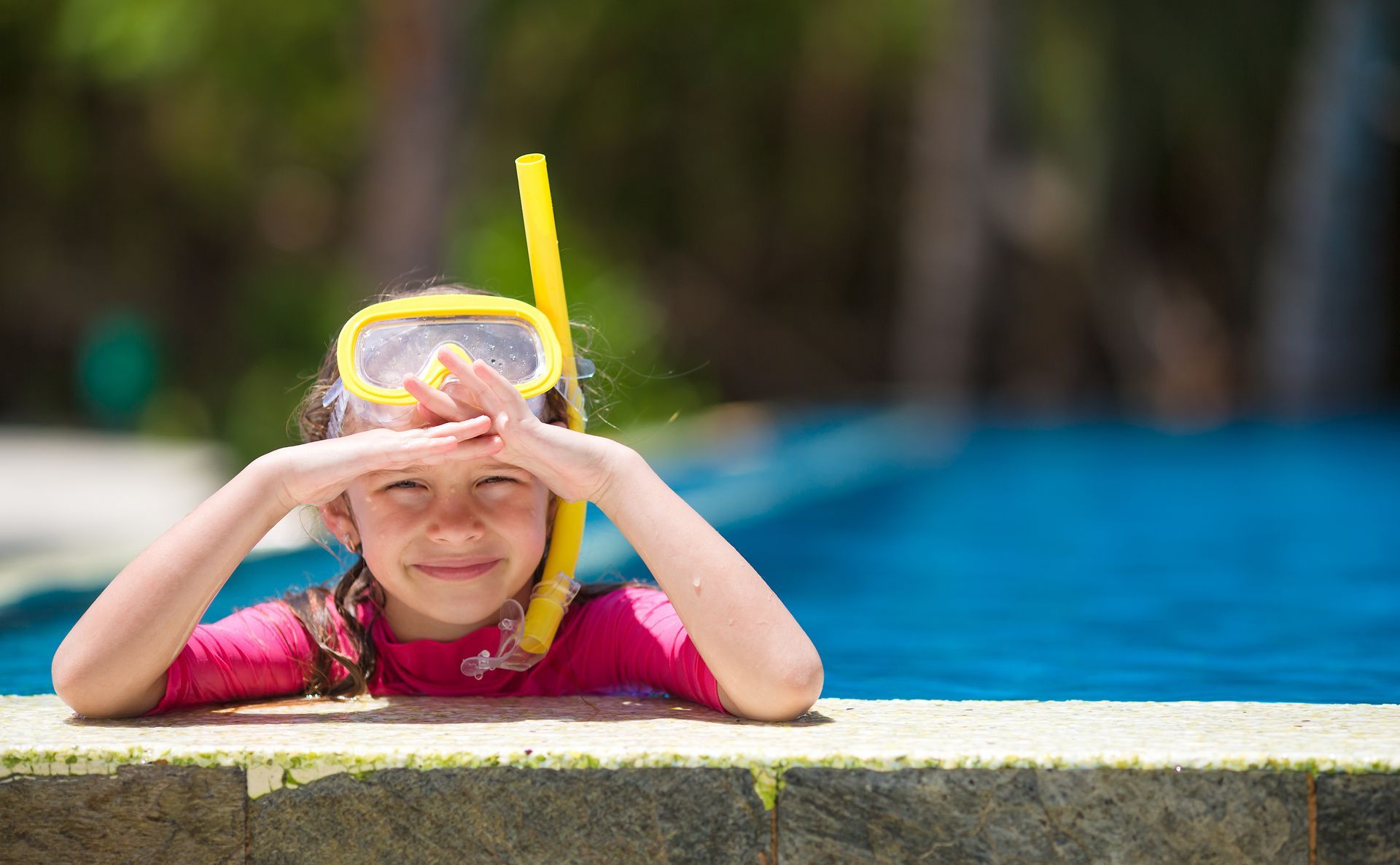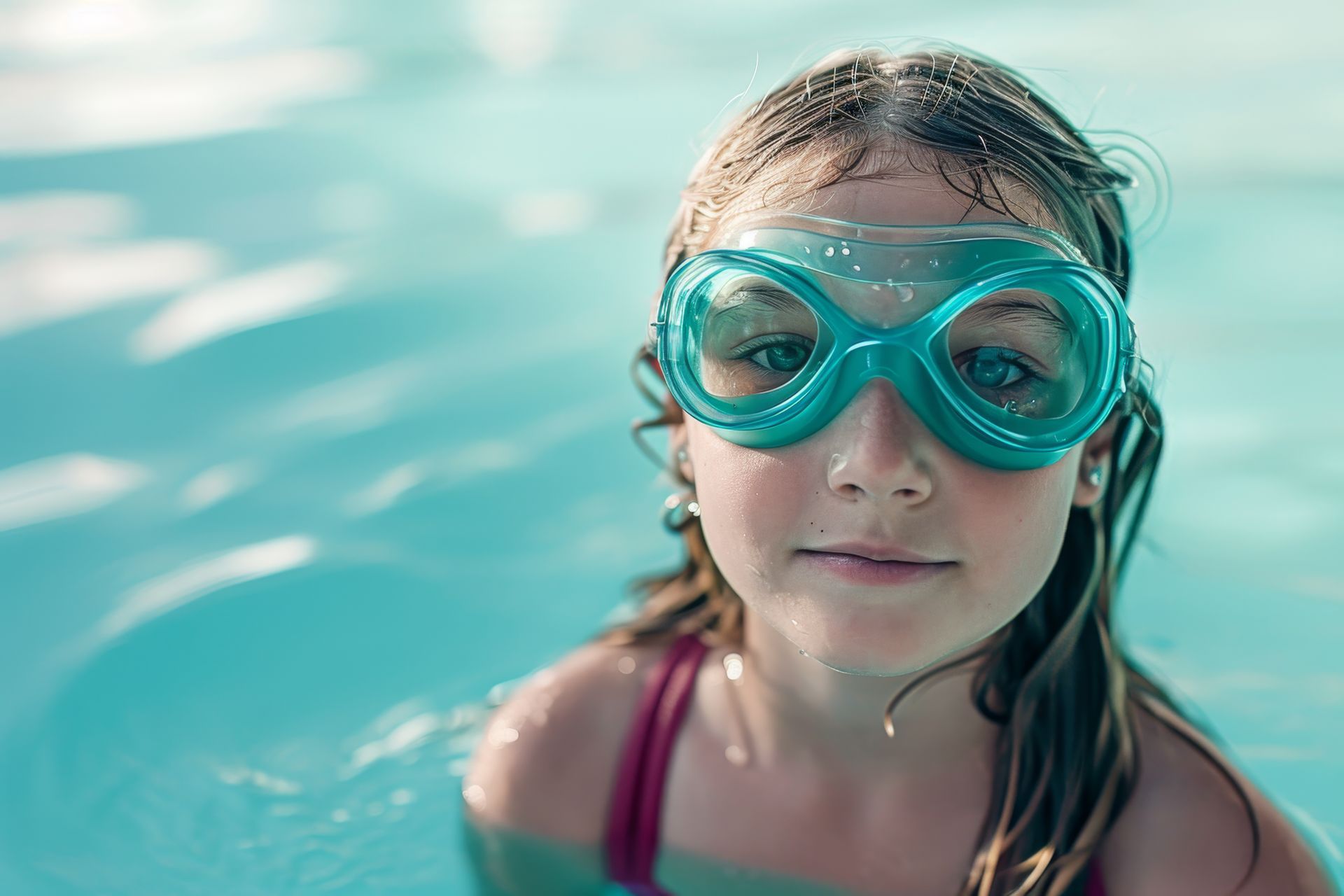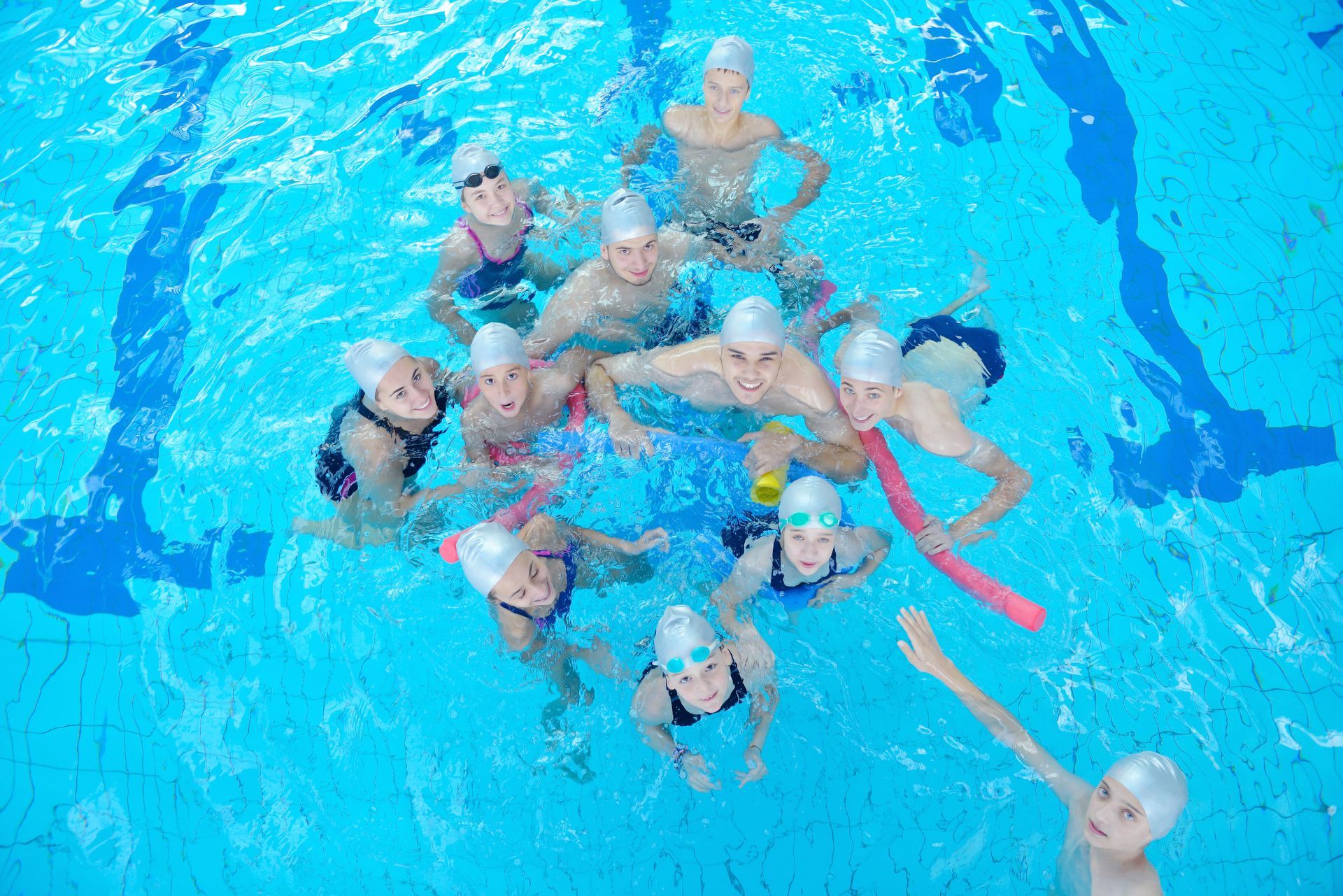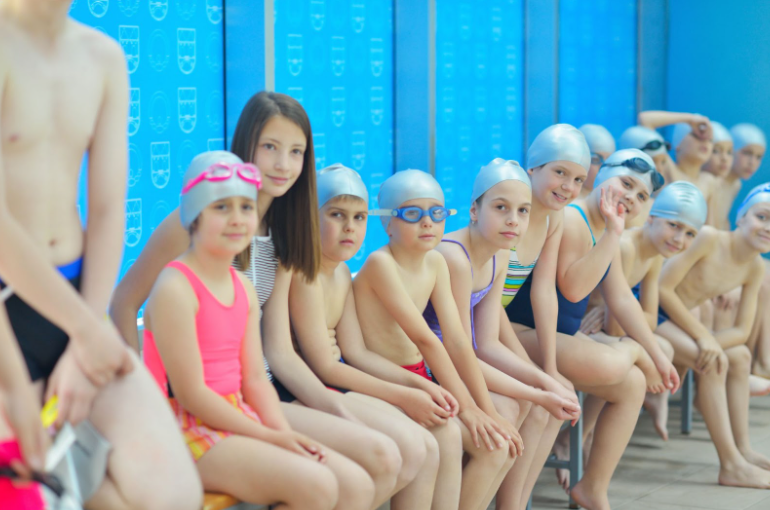Drowning Prevention and Water Safety Strategies

Our program has as it’s first goal water safety. And, while it is quite a bit more than this, water safety is fundamentally about drowning prevention. According to the Center for Disease Control and Prevention, drowning is the leading cause of death among youth in United States. In 2002, for example, 1158 youths below the age of 20 were recorded as having fatally drowned as well as over 300 people from the ages of 20 to 24. In our minds this is travesty. The loss of a child for any reason is a terrible blow; however, a loss that could have been prevented is pure and simple tragedy.
Furthermore, the number of deaths that occur in swimming pools is outrageous. One can understand perhaps that the ocean or a heaving river will occasionally drag away the best swimmer, but a swimming pool!
There are several reasons for this. A first concern is the lack of proper supervision, this extends not only to making sure caretakers are present–whether this means parents, babysitters, or lifeguards–but also that they be CPR certified, as suggested by Duane Alexander of the Eunice Kennedy Shriver National Institute of Child Health and Human Development. So please, as part of a comprehensive drowning prevention strategy, we ask that all parents get certified in CPR, and you can follow this Red Cross link to do so. A second reason is due to an unsafe swimming environment, such as a pool that is not fenced in, or as we posted earlier concerning the Baker Act , the unsafe drain systems that are being currently overhauled across the country. The third and most important is children who have not been taught how to swim or else have been poorly taught (in which case the child might be overconfident.)
All of these together need to be important elements in keeping your children safe. We focus first on making sure our children can swim safely. There have been concerns in the past that swimming lessons could increase the risk of drowning in young children by instilling in them false confidence. However a recent breakthrough study by the National Institute of Health has proved this to be false. According to this research, 3% of 1-4 year olds who drown had received swimming lessons. It is heartbreaking that with some proper instruction, these young lives could have been saved.
At SwimJim, our first concern is safety, whether this is for our 6-month old infants or our young adults. The first thing we try to instill in our infants, for example, is the instinct to float on their backs. Our toddlers all learn to swim to the edge of the pool. These kind of things are crucial and it is not enough to simply improve your childrens’ swimming skills but to teach them to swim safely.
The second largest age group to drown after children ages 1-4 are actually boys between the age of 15 and 24. In these situations we can see children not knowing how to swim or not knowing how to swim safely. The reality of the situation is that it can be hard to gauge how well your child can swim and it is important not to assume that a child who can do a lap across the pool can be forgotten about.
This is why we really, really stress having a family water safety strategy. We don’t want anyone out there to be afraid of the water, but it really makes a difference to consider how your children can be safest when swimming or around water.
Learn CPR, or make sure that someone in your family has. Make sure that any pool you are going to be around is fenced in or at the very least monitored by a lifeguard. Don’t leave your kids alone at a pool. Get your children lessons, the earlier the better!, and don’t pick the first place you find with swimming lessons in your area, find someone that focuses on water safety. Swimming is like any sport, and you can learn bad habits while you improve. Implementing all of these suggestions is crucial. As Duane Alexander of the National Institute of Health highlighted, safe swimming really should be about having all of these components. If you ever have any questions please contact us on the comments section and we will be more than happy to provide you with advice.
-Jim Spiers-
The post Drowning Prevention and Water Safety Strategies appeared first on Swim Jim.







